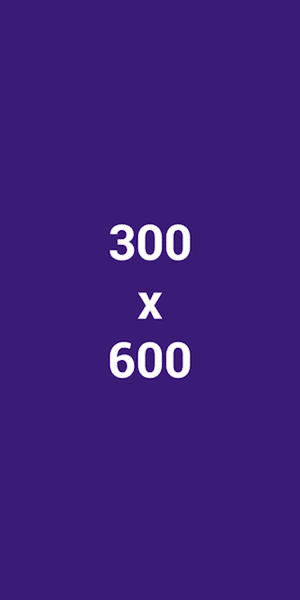Since its inception in 2015, Cardano has been causing a significant shakeup in the cryptocurrency market. With the ambition to revolutionize the crypto world, Cardano was born aiming to challenge conventional financial systems while also adhering to the principle of decentralization. Guided by an evidence-based methodology, this blockchain platform presents a unique approach in the world of digital currencies.
Cardano was developed by a team of experts, including Ethereum co-founder Charles Hoskinson, in response to perceived issues with existing cryptocurrencies like Bitcoin and Ethereum. These two giants of the cryptocurrency world gained popularity offering transaction solutions while also trying to tackle data storage and smart contract applications. However, they faced growing scalability, sustainability, and interoperability problems. Built on a novel layered architecture and designed from the ground up with a research-first approach, Cardano seemed well-equipped to move past these barriers.
What Sets Cardano Apart?
The central innovation of Cardano lies in its two-layer architecture; the Cardano Settlement Layer (CSL) and the Cardano Computation Layer (CCL). This structure works towards solving the flexibility and scalability issues faced by Bitcoin and Etherium.
The CSL is where transactions occur, facilitating faster direct transfers. On the other hand, the CCL hosts smart contracts, providing a framework where developers can run decentralized applications (DApps).
Another allure of Cardano is its commitment to transparency and inclusivity. Decisions are made through democratic agreement with ADA token holders casting votes on changes. This principle of governance, guided by the ‘Constitutive Principle’ and ‘Declaration of the Independence of Cyberspace’, is a clear indication of its dedication to decentralization and autonomy.
The Cardano Cryptocurrency – ADA
The native cryptocurrency of Cardano’s platform is ADA. Named after Ada Lovelace, a 19th century mathematician recognized as the first computer programmer, ADA is more than just a currency. It also serves as a stake in the network, meaning those who hold the token also have a say in how the platform is run and developed.
Cardano’s ADA recently recorded a tremendous rise in its valuation, becoming one of the top-ranked cryptocurrencies. This value isn’t just speculative; it is backed by the platform’s revolutionary approach to smart contracts and the potential it holds for DeFi applications.
The Future of Cardano
Cardano has plenty in store for the future. The platform has been developed in comprehensive phases with clear goals and objectives. Named after famous poets, artists, and philosophers, these phases (Byron, Shelley, Goguen, Basho, and Voltaire) introduce distinct improvements and features to the Cardano ecosystem.
The developer, Input Output Hong Kong (IOHK) has already successfully transitioned from Byron (foundation phase that made ADA trading possible) to Shelley (which aimed at decentralization). It’s currently working towards implementing Goguen that will introduce smart contracts functionality to the platform, enabling DAPPs.
Once Cardano’s entire roadmap is implemented, the platform promises to provide unparalleled security and scalability in the crypto-world, while its native token, ADA, will become more than just a digital currency.
Conclusion
Cardano is much more than just another cryptocurrency on the block. With the novel approach of a two-layered system, and a commitment towards a more democratic and sustainable blockchain environment, Cardano has indeed managed to break barriers in the cryptocurrency market.
By fostering a sense of community involvement, and continuously implementing thoughtful and innovative updates, Cardano sets a high bar for what cryptocurrencies and blockchain technology can achieve. Its unique research-based methodology and the dedication to resolving the inherent issues of existing cryptocurrencies indeed make Cardano a noteworthy contender in the market.
For those interested in exploring the vast potential held within the world of digital currencies, cryptocurrencies like Cardano offer intriguing possibilities. As the crypto world continues to evolve and grow, it is platforms like Cardano leading the charge and shaping the future of finance.
Check out the DeFi Daily News to follow the progress of Cardano and other trending cryptocurrencies.
FAQs on Cardano:
Q1: Who developed the Cardano?
A: Cardano was developed by a team of experts, including Charles Hoskinson, one of Ethereum’s co-founders.
Q2: What are the two layers of Cardano’s architecture?
A: Cardano consists of the Cardano Settlement Layer (CSL) which manages ADA transactions and the Cardano Computation Layer (CCL) that executes smart contracts and runs DApps.
Q3: What is ADA?
A: ADA is Cardano’s native cryptocurrency. Aside from being a digital currency, holding ADA also allows users to be involved in the governance of the Cardano platform.
Q4: What’s in the future for Cardano?
A: Cardano has a clear and extensive roadmap in place – with future phases focusing on the introduction of smart contracts, enhanced performance, and network scalability.



















